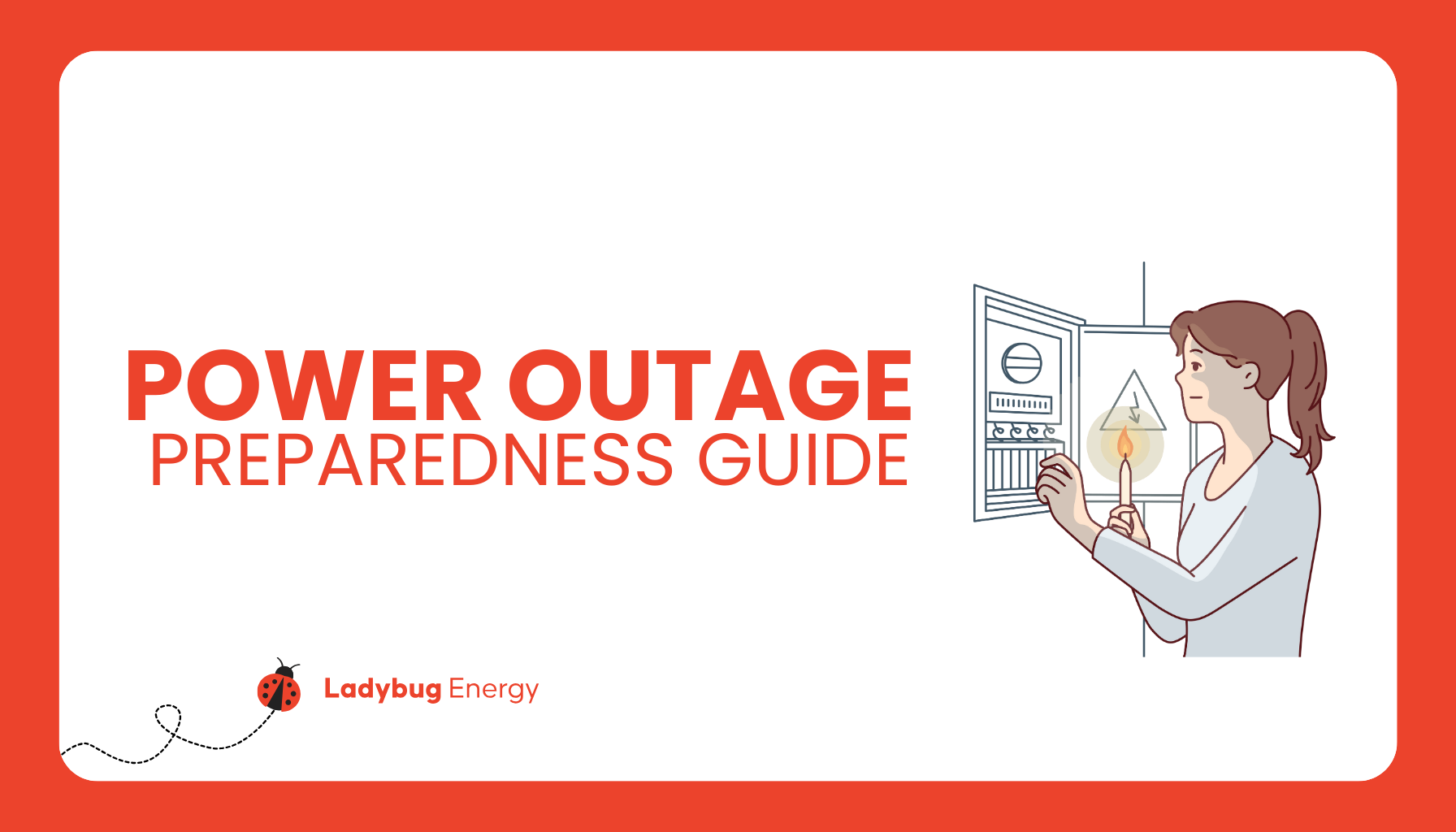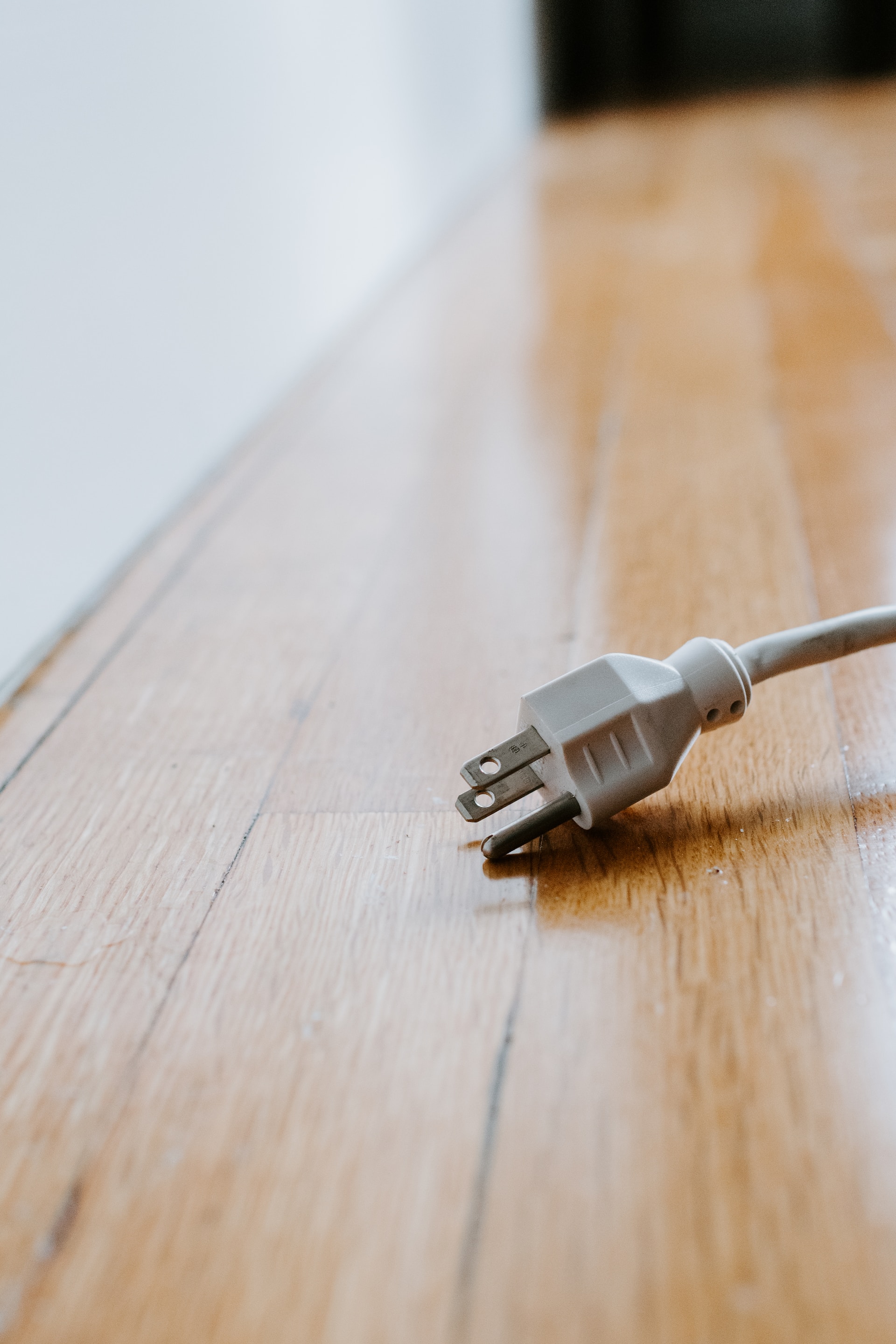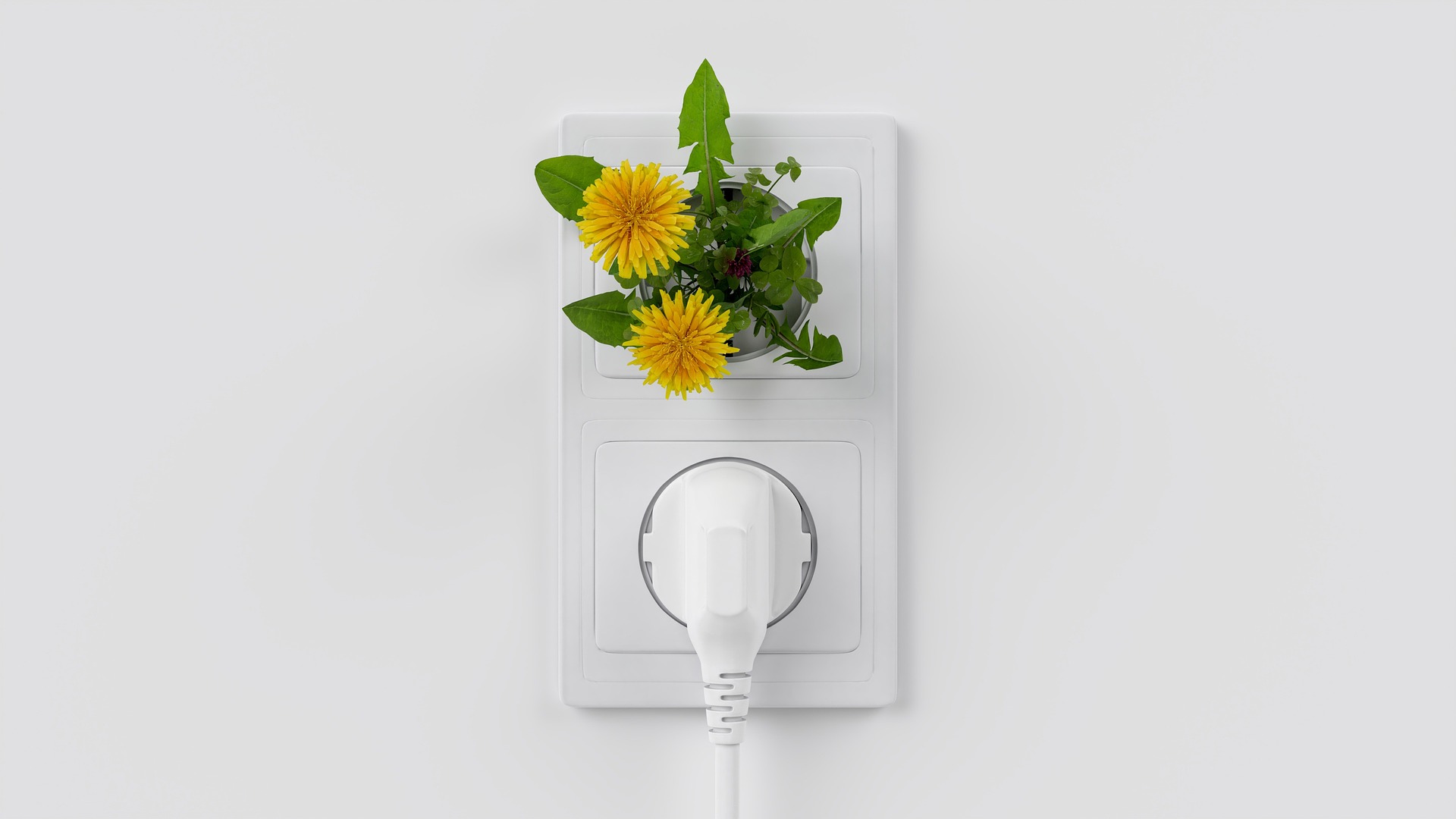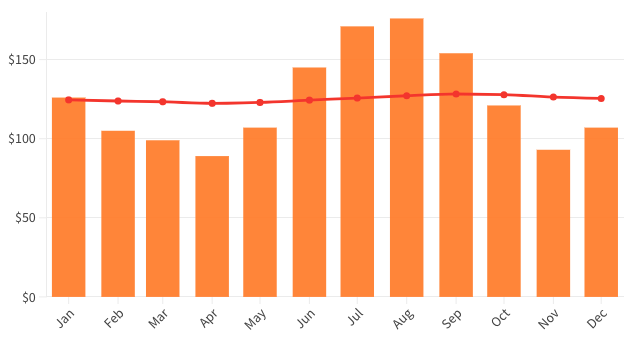
Power Outage Preparedness: A Complete Guide

Power Outage Preparedness: A Complete Guide
In today's unpredictable climate, power outages have become more than just a temporary inconvenience; they're an eventuality we all must prepare for. Whether caused by severe weather, technical failures, or infrastructure issues, the loss of electricity can disrupt our daily lives, posing challenges to safety, comfort, and even health. "Power Outage Preparedness: A Complete Guide" aims to equip you with the essential knowledge and strategies to make it through an unexpected interruption as smoothly and safely as possible.
We’ll go over the assembly of an emergency kit, a first-aid kit, setting up emergency contacts and how to implement long-term solutions for energy independence — important aspects to ensure peace of mind and readiness if a new power outage occurs.

Emergency Supply Kit for a Power Outage
Download the printable version here!
Be sure to organize an Emergency Supply kit with as many of these items as possible:
- Non-perishable food items that don't need to be cooked or refrigerated.
- Canned goods (vegetables, fruits, beans, meats)
- Dried foods (pasta, rice, beans, lentils)
- Nuts and seeds (almonds, walnuts, sunflower seeds)
- Dehydrated fruits (raisins, dried apricots, banana chips)
- Shelf-stable milk and milk alternatives (UHT milk, almond milk)
- Grains (quinoa, barley, oats)
- Cereal and granola
- Jerky and dried meats
- Honey and syrups
- Powdered eggs and milk
- Manual can openers (not battery-powered).
- Include pet food as needed.
- Important documents in a waterproof plastic bag (ziplock).
- Ample supply of safe drinking water.
- Candles and matches; use them with extreme caution to prevent fire risks.
- Battery-operated flashlights and radios, or a multi-functional device that serves similar purposes (like this one).
- Spare batteries, particularly for devices that rely on them for power.
- For those with medical needs or conditions, maintaining an extra supply of medication is critical. It's vital to devise a strategy for managing power-dependent medical equipment or medications requiring refrigeration. If you have any doubts, consult your doctor for guidance during your next appointment.
- A reserve of cash. A little can go a long way if digital payment systems become unavailable.
- Paper copy of your main contact list. Friends, family, relatives, and anyone else who should know about you.
Special tips
- Create a communication strategy with family and close friends for emergency situations, including assigning an emergency contact.
- Consider establishing a specific meeting location. While it may not always be accessible, having a predetermined spot is preferable to not having one.
- If you or someone in your household is a person with special needs or a disability, there are specific recommendations to be followed on this site.

Be Sure You Have an Updated First Aid Kit
Download the printable checklist here!
According to the American Red Cross, these are the recommended contents for all domestic First Aid Kits:
- Two absorbent compress dressings (5 x 9 inches)
- Twenty-five adhesive bandages (assorted sizes)
- One adhesive cloth tape (10 yards x 1 inch)
- Five antibiotic ointment packets (approximately 1 gram each)
- Five antiseptic wipe packets
- Two aspirin packets (81 mg each)
- One emergency blanket
- One breathing barrier (with one-way valve)
- One instant cold compress
- Two pairs of non-latex gloves (size: large)
- Two hydrocortisone ointment packets (approximately 1 gram each)
- One 3-inch gauze roll (roller) bandage
- One 4-inch wide roller bandage
- Five 3 x 3 inch sterile gauze pads
- Five 4 x 4 inch sterile gauze pads
- Oral thermometer (non-mercury, non-glass)
- Two triangular bandages
- Tweezers
- Emergency First Aid instructions

Make a Paper Copy of Your Main List of Contacts
In the event of a power outage, relying solely on digital devices for emergency contact numbers can leave us stranded. A paper copy of crucial contacts—health services, security, workplaces, schools, and neighbors—ensures we can reach out for help even when technology fails. This simple step is a key part of outage preparedness, keeping us connected and safe in critical moments.
You can print this PDF and take some time to collect all the important phone numbers. Then, store it in your Emergency Supply Kit.

Prepare Your House for Extreme Weather
Adopting simple habits such as switching off lights when not needed, using appliances during off-peak times, and slightly lowering the thermostat can greatly affect energy usage. Additionally, several measures can enhance home efficiency, reducing power and gas consumption while safeguarding against extreme weather.
- Insulate Your Exposed Water Pipes: As water turns to ice, it expands, which can result in burst pipes. There are various strategies to prevent this; ensure you pick the one suited to your pipe type.
- Upgrade Insulation in General: If you have the chance, enhance the insulation in your home's attic, walls, and floors. Effective insulation will keep your interiors warmer during the winter and cooler during the summer, diminishing reliance on heavy heating or air conditioning.
- Energy-Efficient Windows: Think about fitting your home with double-glazed or energy-efficient windows. These windows are effective in minimizing heat loss in winter and reducing heat entry in summer, leading to lower heating and cooling demands.
- LED Lighting: Switch out incandescent or fluorescent bulbs for LED lights, which consume less power and have a longer lifespan.
- Smart Thermostat: Set up a smart thermostat capable of adjusting heating and cooling patterns to align with your daily activities, thereby preventing wasteful energy consumption.
- Seal Leaks: Inspect and seal any leaks around doors, windows, and various openings. Minor drafts can cause a substantial rise in the demand for heating and cooling.
- Energy-Efficient Appliances: Upon needing to replace aging appliances, opt for models with high energy efficiency. Seek out the ENERGY STAR label as a mark of superior efficiency.
- Solar Panels: Consider the installation of solar panels if possible. They not only decrease your dependence on the grid through the production of renewable energy for your household but also allow you to sell back any excess energy, benefiting everyone involved.
- Wind turbines: As highlighted in the second episode of our podcast, modern and compact home wind turbines are also becoming available. Combined with solar panels and a proper battery system, they can diminish your environmental impact and enhance your electrical self-sufficiency.
- Water-Saving Fixtures: Fit your shower heads and faucets with low-flow or aerator devices to cut down on hot water consumption. Less hot water used means less heating needed, thus reducing energy consumption.
- Programmable Power Strips: Employ programmable power strips for your electronics to minimize 'phantom load' – the power consumed by devices when they are turned off yet remain plugged in.
- Regular Maintenance: Regularly maintain your heating, ventilation, and air conditioning systems, along with household appliances, to guarantee their efficient operation.

July 4, 2025
Energy Independence Starts at Home: 4 Ways to Declare Your Personal Freedom from High Bills This Fourth of July

July 1, 2025
A Beginner’s Guide to Commercial Electricity in Texas: Rates, Contracts & Smart Shopping

June 24, 2025
Transmission vs. Distribution: How Electricity Gets to Your Texas Home

June 20, 2025
How Smart Home Security Systems Affect Your Energy Usage

June 17, 2025
Navigating Bill Assistance Programs in Texas: Your Guide to Keeping the Lights On

June 13, 2025
The Smart Texan’s Guide to Beating the Heat: Budget-Friendly Home Upgrades

June 3, 2025
Hurricane Season in Texas: How to Prepare for Power Outages

May 29, 2025
No AC? No Problem: How to Stay Cool During a Heatwave Without Air Conditioning

May 27, 2025
Battery Storage at Home: Are They Worth It?

May 23, 2025
Record May Heat in Texas 2025: What It Means for Your Summer Energy Bills

May 20, 2025
The Rising Popularity of EVs: What It Means for Your Electric Bill

May 16, 2025
Beat the Texas Heat: Summer AC Hacks That Save Money

May 13, 2025
ERCOT: The Heart of Texas Electricity

May 9, 2025
Texas Electricity & Oil: A Symbiotic Power Play?

May 6, 2025
How Demand Response Programs Help Texans Save on Electricity

April 25, 2025
Texas Microgrids: Energy Independence for Communities

April 17, 2025
The Truth About Phantom Loads: How Standby Power Is Draining Your Wallet

April 8, 2025
Texas Power Market 101: A Simple Guide to Deregulation and REPs

April 4, 2025
How to Perform a DIY Home Energy Audit and Cut Your Utility Bills

March 31, 2025
Smart Tips to Lower Your Electricity Bill

March 28, 2025
Net Metering in Texas: Getting Paid for Solar?

March 25, 2025
Time-of-Use Electricity Plans: Are They Right for You?

March 18, 2025
Green Energy 101: Decoding Renewable Electricity Plans

March 14, 2025
Upgrading to a Smart Thermostat: Why You Should Do it and What You Need to Know

February 24, 2025
Power Play: A Step-by-Step Guide to Estimating Your Home's Electricity Usage

February 18, 2025
The Hidden Costs of Electricity: Understanding TDSP Fees and Their Impact on Your Electricity Bill

February 3, 2025
How Weather Impacts Energy Prices: Understanding the Connection

January 31, 2025
Fixed-Rate vs. Variable-Rate Electricity Plans in Texas: Which One Is Right for You?

January 22, 2025
The Datacenter Boom in Texas: Impact on Consumers and Energy Markets

January 21, 2025
How to Lower Your Electricity Bills and Save Big

January 17, 2025
Everything you need to know about Texas Retail Electric Providers (REPs)

December 23, 2024
10 Common Energy and Electricity Myths Debunked

December 18, 2024
How the Texas Electric Grid Works: Key Differences and Insights

December 13, 2024
Smart Plugs Explained: The Ultimate Guide

December 10, 2024
Understanding Your Electricity Bill in Texas: A Comprehensive Guide

December 4, 2024
Winter Energy Savings: Tips to Lower Your Electricity Bill

November 27, 2024
Your Power To Choose: Setting Up Electricity Service and Switching Providers in Texas

September 24, 2024
Understanding Electricity Deposits: Why They Exist and How to Avoid Them

August 15, 2024
Surviving the Texas Heat Waves: Power Grids and Staying Cool

February 9, 2024
Three Years After Uri: How Texans Can Help Prevent Future Power Outages

January 11, 2024
Best Energy Saving Devices for Your Home: From Smart Tech to LED Bulbs

November 28, 2023
How to Read an Electricity Facts Label (EFL)

September 12, 2023
How Long Can a Landlord Leave You Without Electricity: What Tenants and Landlords Need to Know

August 21, 2023
Childproofing Electricity: A Parent's Guide to Safeguarding Kids from Electrical Dangers

July 19, 2023
Does Closing Off Rooms Save Heat? An Energy Efficiency Discussion

July 19, 2023
Is Average Billing Really Worth It?
May 23, 2023
ESID Lookup in Texas
March 2, 2023
Texas PUC - How Does It Affect My Electricity Bill?
January 26, 2023